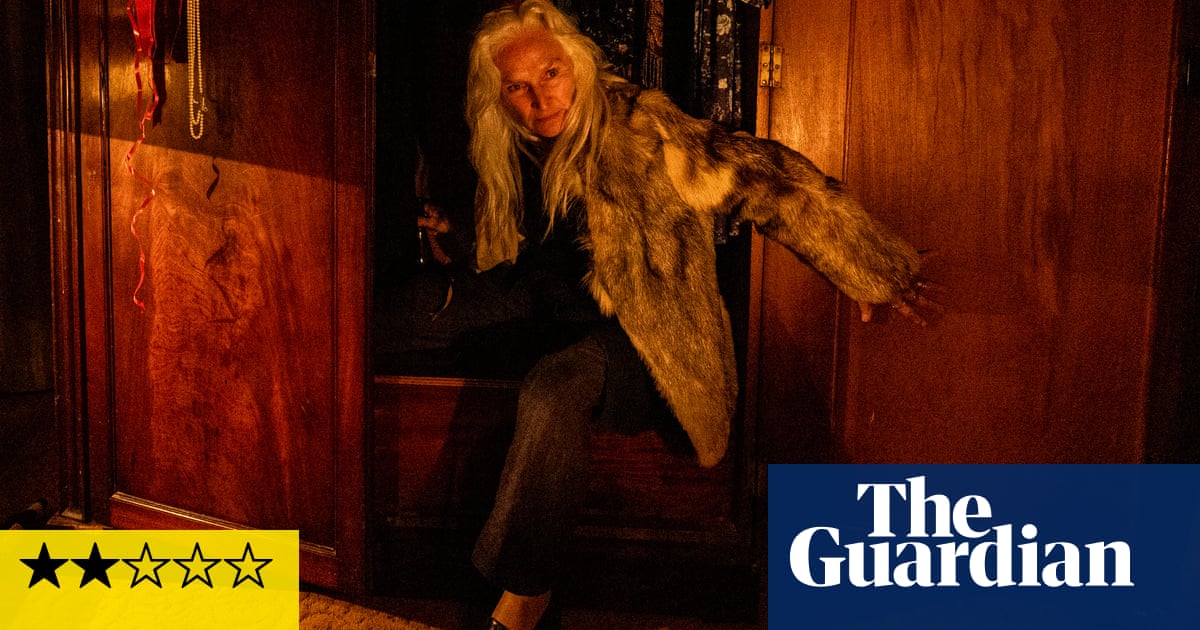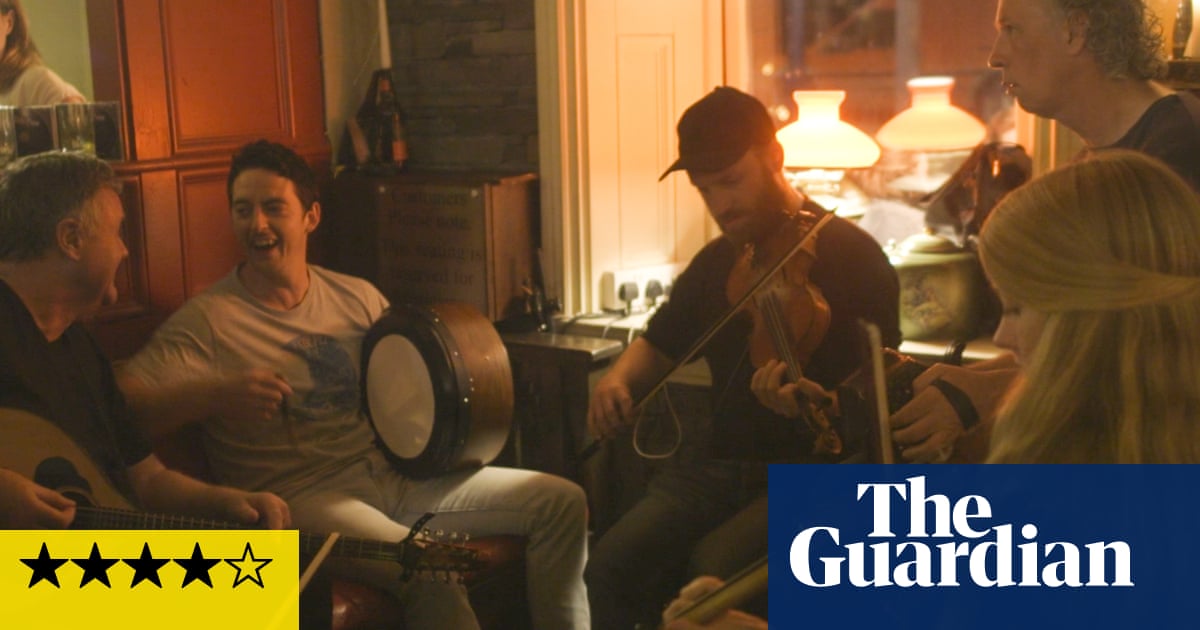
s film and TV production shut down along with so many other industries during the devastating year that wasn’t, some creators found ways of using a restricted landscape to still make something, anything, a way to busy themselves while also keeping some faint stream of content alive, a weak trickle but a trickle nonetheless. For those of us who’ve been documenting the results, it might sound mean-spirited to say that the majority of them shouldn’t have bothered but the standard has been so very low that it’s hard to say the risk was in any way worth it.
From Anne Hathaway and Chiwetel Ejiofor’s detestable droning in Steven Knight’s complaining comedy Locked Down to Sam Levinson’s self-indulgent Malcolm & Marie to Zoe Lister Jones’s intensely annoying How It Ends, it’s been a grim experience watching films designed to draw us away from the grim experience that is living in this very moment. As a result, the thought of even more is enough to give one a migraine but in a flawed yet fierce return to form, Ben Wheatley has crafted a phantasmagoric treat with In the Earth, an ambitious, atmospheric little woodland horror filmed on the sly last August and now premiering at this year’s Sundance.
Unlike the majority of mid-pandemic content, Wheatley was keen to take his production out of the house and into the wilderness and mercifully far, far away from Zoom (although British director Rob Savage does deserve a slow clap for his screen-based seance thriller Host, niftily made last year). As shown in his Brummie Bonnie & Clyde comedy Sightseers and 17th century horror A Field in England, Wheatley has a fondness for the English countryside as well as an ability to find its creepiest corners. For In the Earth, he takes us deep into the forest, an escape for his characters as well as us (impressively detailed sound design and Nick Gillespie’s transporting cinematography help to lift us out of our living rooms), for a film that is both linked to the current climate and entirely separate. A virus is present in the film but not the source of the terror, it’s a backdrop to a story that is part folk horror and part survival thriller, a combination that works until it doesn’t.
Dr Martin Lowery (Joel Fry) has left isolation to embark on a journey to a research hub deep in an expansive forest with the help of park ranger Alma (Ellora Torchia), a two day walk where he hopes to track down his colleague (Hayley Squires) who hasn’t been heard from in a while. But soon into their trek, the pair are attacked by a mysterious enemy, one who leaves them without technical equipment and, even worse, without shoes. Hobbling on, they encounter Zach (Reece Shearsmith), a man living in the wild, whose intention to help quickly transforms into something darker.
Despite Shearsmith’s background (he remains best known for the eccentric excess of The League of Gentleman), he plays things straight, a disarming loner whose sudden switch to unhinged killer might not be a surprise but it’s made all the more effective by his decision to dial things down. The film’s most successful stretch is when Wheatley keeps things scarily simple with Fry and Torchia at his mercy. There’s a wonderfully well-choreographed scene involving an axe and some toes and a genuinely seat-edge chase, both showcasing Wheatley at his most comfortable, effortlessly thrilling us in ways that so many genre directors simply can’t. The giddy allure of these moments then makes some of what comes next that much more disappointing.
As the pair meet Squires, so too do they meet Exposition and the film gets a little bogged down in endless explaining, a mythology so convoluted it becomes hard to follow and even harder to invest in. It’s not exactly a dead end but it does suck the energy out of proceedings somewhat, flashes do return, here and there, but in attempting a big swing, expanding the canvas of his story to breaking point, Wheatley struggles to remain focused. It’s the complexities that would perhaps have required more time to iron out that drag things down, maybe with less of a hurry (the film was conceived, shot and edited in understandably quick succession) a more coherent third act would have emerged. Sterling performances from the lead duo, with Fry’s awkward everyman schtick proving immediately and consistently easy to root for and a day-saving Torchia who takes on the more active role (the traditional guy to Fry’s girl), help drive us through as do some striking psychedelic visuals. Squires gets a little lost with her many goofily earnest speeches about trees, and it’s her delivery and where her character pushes the story that turns it from believably rooted thriller to schlocky B-movie.
While not a total win, In the Earth remains a much-needed leap back in the right direction for Wheatley, coming off the back of his redundant remake of Rebecca, a shrug of a film that could have been directed by just about anyone rather than someone of such verve and perversity. The reason he makes so much of it work as opposed to the other directors who have rushed together pandemic productions is that he knows exactly how to maximise a limited budget while also making the most of the creative freedom that comes with it. Studios have naturally been edging him to the dark side (Wheatley was attached to the new Tomb Raider but is instead next set to make The Meg 2) but the churn of franchise film-making tends to flatten out auteurs, at the mercy of wallet-swinging moneymen, and one hopes that the fun he clearly had going wild in the woods reminded him of the rewards that come from heading off the grid.
In the Earth is screening at the Sundance film festival with a release date later this year












